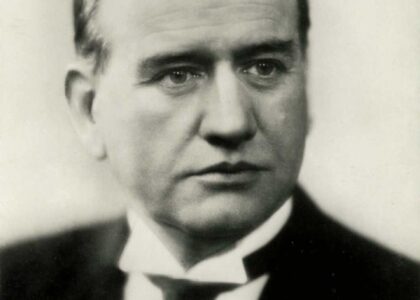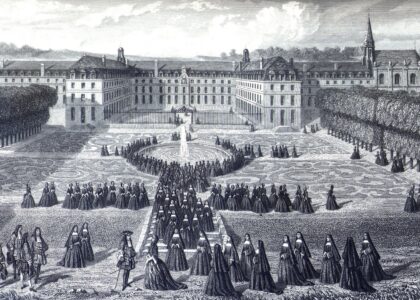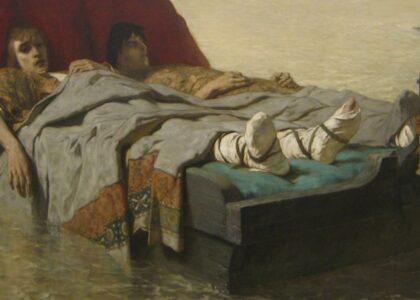Welcome to La Chartreuse du Liget, a place steeped in history and intrigue, nestled in the heart of France. This site has been a silent witness to centuries of change, resilience, and devotion. The story of La Chartreuse du Liget begins in the late 12th century, around 1178, when it was founded by Henri II Plantagenet, the King of England and Count of Anjou. This Carthusian monastery was established as part of Henri’s penance for the murder of Thomas Becket, the Archbishop of Canterbury.
Over the centuries, La Chartreuse du Liget became a place of spiritual reflection and scholarly pursuits. The monks who resided here lived in solitude, dedicating their lives to prayer, study, and the copying of manuscripts, contributing to the preservation of knowledge through the ages.
The monastery faced significant turmoil during the French Wars of Religion in the late 16th century, when it was attacked and suffered considerable damage. However, it was rebuilt and continued to serve as a religious sanctuary until the French Revolution.
The Revolution marked a turning point for La Chartreuse du Liget. In the upheaval of 1792, the monastery was seized and sold as national property. The monks were dispersed, and the monastic life that had flourished for over 600 years was abruptly ended.
Despite its turbulent history, the site remains a poignant reminder of the cultural and religious shifts that have shaped France. Today, visitors can explore the vestiges of this once-thriving monastic community, imagining the echo of prayers that once filled the air.
La Chartreuse du Liget also holds tales of notable visitors, including kings, scholars, and pilgrims who sought solace or inspiration within its walls. These stories, handed down through generations, add layers to the rich tapestry of its past.




